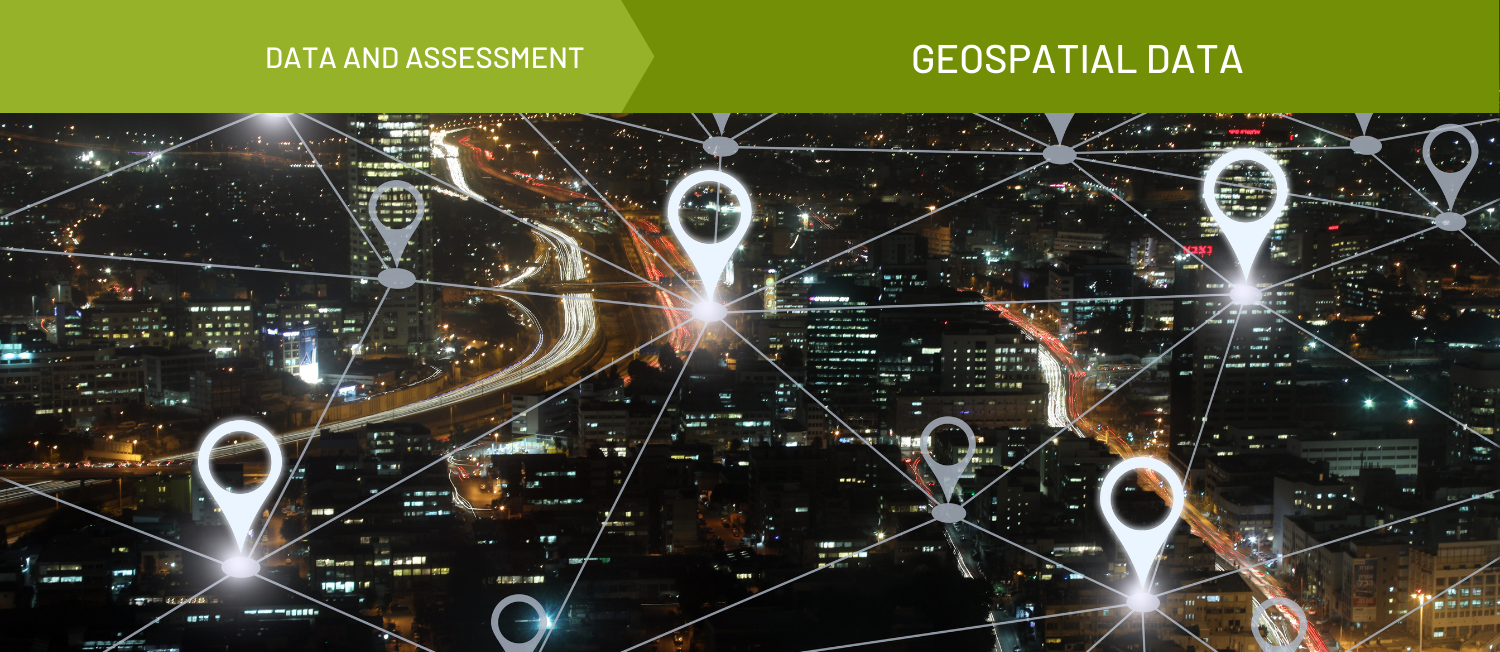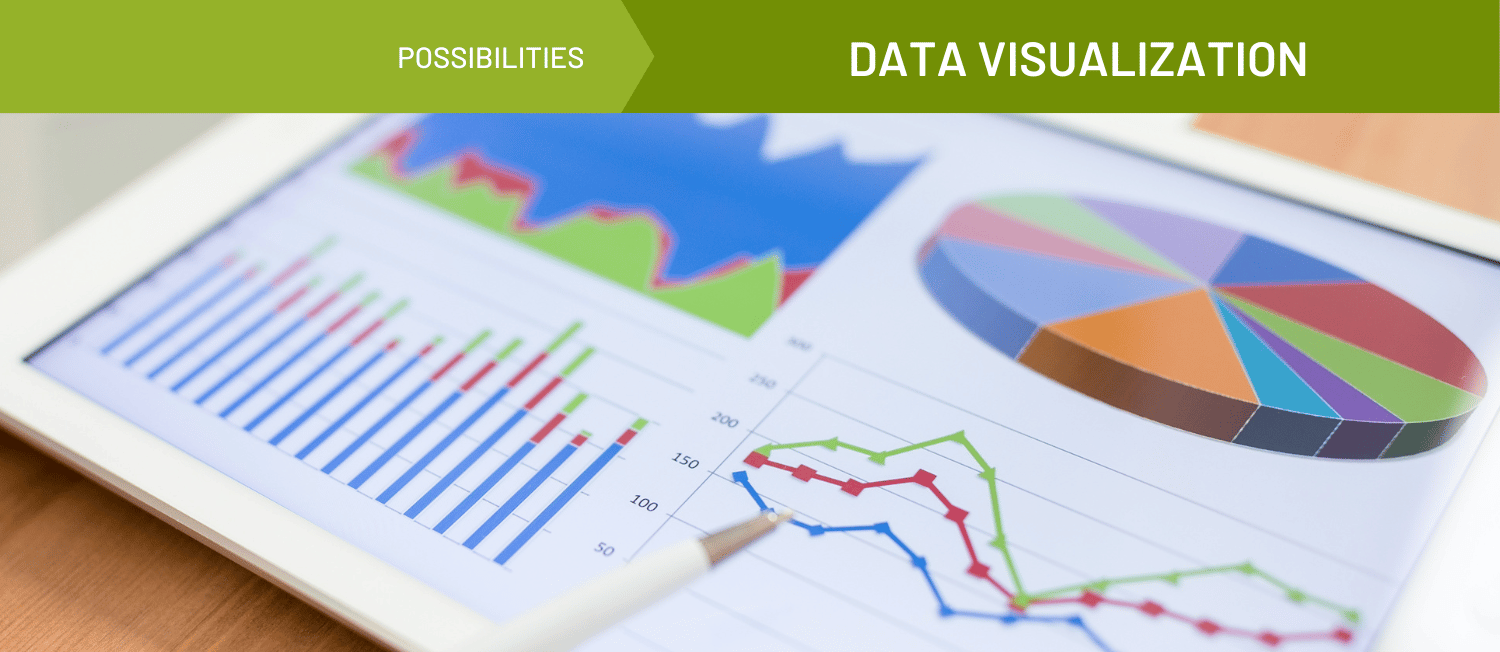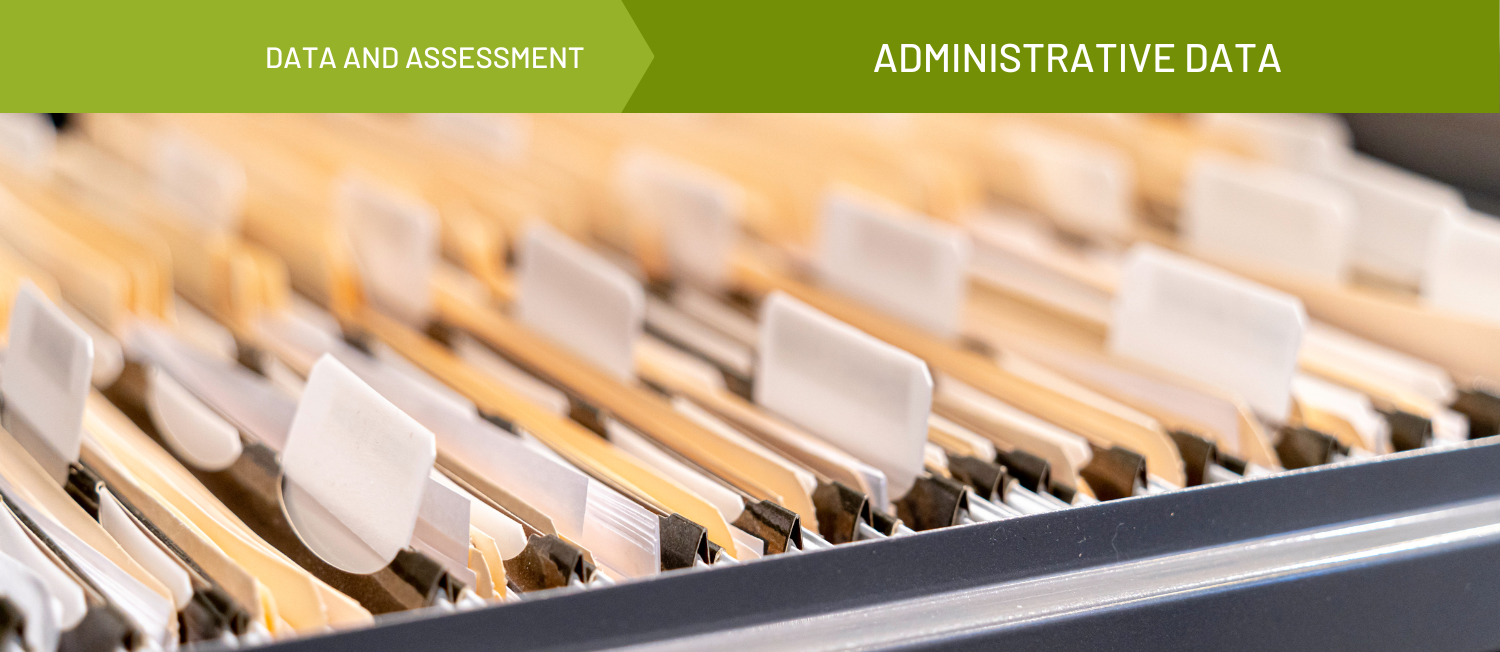Our Favorite State Data Tools
In community health work, we are often called upon to use data for different circumstances—to assess community conditions, monitor trends, and prioritize areas for investment. Geospatial data describing a community of focus help us account for local conditions instead of generalizing or making assumptions about what is needed to improve community health and well-being. Accessing geospatial health and wellness data describing a particular community helps identify where to invest and how to prioritize resources to advance equitable well-being.
Gathering, organizing, and evaluating community health data is one step in the process of using data to inform community change work; using that data to create policy and system change is next. Detailed information accessed through publicly available data dashboards, indexes, and/or mapping tools can make a profound difference through informing policy and system change.
Often, U.S. state agencies and organizations make relevant data available to the public online. A state data tool is one that makes available data for communities throughout a specific state. State data tools are worth exploring because they often provide data about specific topics (e.g. substance use, access to care) that are not available at the national level. Data available at the state level may also be more granular than national-level data.
What makes a useful state data tool?
A tool that provides recent data is more useful than one that presents older data because users are able to get a more accurate picture of current community conditions. Tools that provide data throughout an entire state—for all counties, census tracts, etc.—within a state are also generally more useful than a tool missing data for some areas. A combination of quantitative data from different sources (often state and national) alongside qualitative data gathered from community residents with lived experience provides a more complete picture of community conditions.
Changemakers can use the below state data tools to find and explore data, dive deeper into specific topics, and understand health patterns and disparities across a state, region, or local community.
Though extremely useful, timely data can be difficult to find online. When exploring online data dashboards and other data tools, it’s important to search for the date when the data were collected and/or released to ensure the exploration of recent, relevant data. Below are some of our favorite state community health data tools to help communities understand community conditions and move towards community thriving. There are countless web-based data tools—do you have a favorite that didn’t make our list? Please share it with us here!
Healthier Washington Measures Dashboard
Tool - Data/mapping Tool
Brought to you by Healthier Washington
New York State Community Health Indicator Reports (CHIRS)
Tool
Brought to you by New York State Department of Health
Pennsylvania Cancer Statistics Dashboard
Tool - Data/mapping Tool
Brought to you by Pennsylvania Department of Health
Healthy Kids Colorado Survey Dashboard
Tool - Data/mapping Tool
Brought to you by State of Colorado Department of Public Health and Environment
Related Topics














